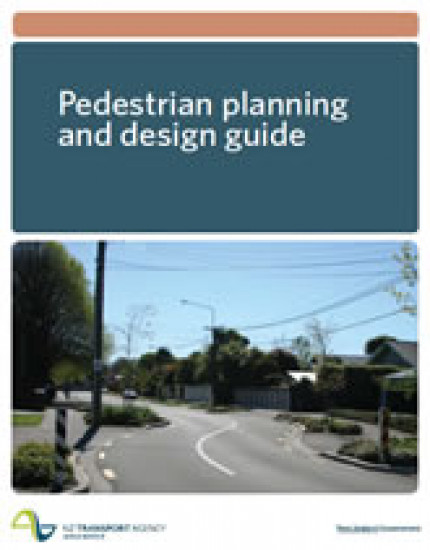The Pedestrian planning and design guide published in 2009, was New Zealand's first comprehensive official guide to planning and design for walking.
|
It has now been superseded by the draft Pedestrian Network Guidance (PNG): |
Some sections of the PNG are still in development and will be released later this year. If you cannot currently find the information you are seeking in the draft PNG then contact the PNG team for assistance (png@nzta.govt.nz).


Pedestrians are a diverse group of people with varied needs and abilities. By meeting the needs of the less able, a quality walking environment is provided for all.
Walkable communities have qualities that have a marked effect on the amount of walking people enjoy.
A variety of approaches and opportunities exist to better provide for walking. Each is discussed so that users of the guide can identify the approach that may work for them in the local context.
Choosing the best facilities that will help pedestrians to cross roads is important for their safety and convenience. This part provides a framework for considering all users and factors to help choose the best crossing option.
Adopt the best approach for each place
Choosing the best options
Updated: 17 Nov 2009